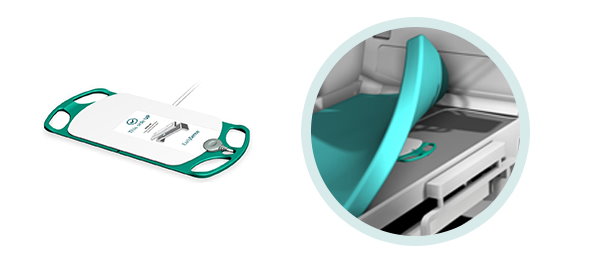
I know that I’m a vocal proponent of how connected Health Tech devices — whether they are wearable or not — can have a big impact on the effectiveness of treatment, on healthcare costs, and on patient outcomes. The question remains whether or not these gains can be realized. Fortunately, we are getting more and more results that address this issue. We’ve covered some of these already (Telehealth Device Reduces Readmissions and Artery Sensor Reduces Hospital Readmissions), and now there’s another point of reference on this.
EarlySense makes a patient-monitoring system for use in hospitals and other clinical settings. Rather than use a wearable, the system is based on a sensor that is placed below the patient’s mattress. The piezoelectric device relies on sophisticated algorithms to sense the patient’s heart rate, respiration rate, and movement. The data is sent to a central monitoring station where alerts are issued automatically for healthcare staff when a patient’s values fall outside predefined ranges. Alerts can also be sent to handheld devices at the same time, as well as remote status displays in hallways or key locations.
The company has released the results of an analysis of the system’s use in 2015. More than 84,000 patients worldwide were monitored at one time or another, and based on “clinical data” the company estimates that their system prevented 484 patient falls and 2,070 pressure ulcers (bedsores). They also estimate that the system resulted in a reduction of 4,323 Intensive Care Unit days, and 27,594 hospital stay days. They also credit the system with 332 saved lives. Tally up all these savings, and the company estimates that the use of the system resulted in savings of $18 million. According to Avner Halperin, CEO of EarlySense, “increasing clinical evidence is showing the EarlySense System offers healthcare systems significant economic benefits.”
As success stories such as these continue to accumulate, it will attract more competition to the market and accelerate efforts to create even more cost-effective systems. It appears to be a trend that will benefit us all as individuals and a society as a whole.


Trackbacks/Pingbacks